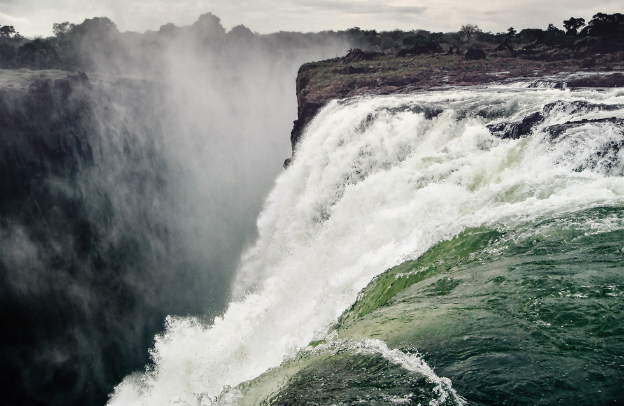Discover Rome – a brief history

Rome was one of the world’s greatest empires. Its history is full of battles, rulers, and wars. Rome had a very rich culture and vast literature. Get our free Travel Checklist
Now, let’s find out more about the ancient city.
The Origins of Rome
The story of Rome’s foundation is difficult to track, but it has been told and retold in different versions for generations. Legend tells us that the city was founded by Romulus, its twin brother, and son of Mars, in 713 BC. Yet, many historians believe that the city may have existed for some time before this date and was likely just one settlement among many on the Latium Plain.
Rome was originally founded where the famous salt trade route crossed the river Tiber on its way to the coast. The city is said to be built on seven hills, which is what helped it grow into such a prominent world power.
How Rome became a Republic and Empire
The Roman Kingdom was overthrown by a new republic in 509 BCE, which had the distinction of being the longest-lived form of government in Roman history. The republic saw Roman dominion expand across the surrounding Mediterranean.
In the year 509 BC, the noblemen of Rome overthrew King Lucius Tarquinius Superbus and gave his throne to Servius Tullius. He was known for his exceptional honesty and virtue. King Porsenna of Clusium saw this as a power vacuum and attempted to fill it by attacking Rome with an army led by Lars Porsenna, the king of Clusium.
The capital city of Rome was the heart of this empire, and its rulers would transition to Emperors after the reign of Augustus, who died in 14 C.E. Expansion continued until Rome ruled much of western and southern Europe, North Africa, and parts of the Middle East.
This occurred during the reigns of many different Emperors over centuries before finally coming to an end with Emperor Diocletian who was overthrown by Constantine.
As such, Rome became the focal point of a rich and opulent culture where vast sums were spent on buildings.
The city swelled to contain perhaps a million people who were dependent on grain imports and aqueducts for water. The need for food imports like olives, figs, grapes, and wheat was constant as well as the discovery of new aqueducts.
Emperor Constantine instituted two changes that affected Rome in the 4th century. Firstly, he converted to Christianity and began building works dedicated to his new god, changing the form and function of the city as well as laying the foundations for a second life once the Roman Empire vanished. Secondly, he moved to Constantinople in 330 AD, meaning this place became integral to helping Rome survive.
In 1848 the Pope refused to approve a revolution in another country. This led to a spirit of nationalism and republicanism that was spread throughout Italy. It also led to a large-scale popular uprising against the Pope and other rulers in Rome.
The masses demanded that the Pope approve of these revolutions or they would start one themselves. He fled with his fractious citizens, abandoned Rome, and left it in peace.
The City of Rome
The city of Rome, which is the capital of Italy and serves as the capital of the Lazio region, is also one of the most populated cities in Italy. With 2.87 million residents in 1.285 km2 (496.1 sq mi), it is also one of the largest communes in all of Europe.
Rome is central to the central-western Italian Peninsula, within Lazio (Latium). Situated along the shores of the Tiber, it’s steeped in history and culture.
The Vatican City is an independent country inside the city boundaries of Rome, the only existing example of a country within a city: for this reason, Rome has often been defined as the capital of two states.
When people think of the Vatican City, they often think of the Pope. The Vatican City is an independent country that is surrounded by Rome.
It’s also the smallest country in the world with an area of 110 acres and a population of fewer than 1000 people!
The Vatican City has been home to the Papacy since 1929 and is the home of popes since 1377.
Places to visit in Rome
There are a lot of interesting places to visit in Rome such as:
- The Colosseum,
- The Arch of Constantine,
- Vatican City,
- The Pantheon,
- Roman Forum, just to name a few
Rome offers a plethora of things for guests to enjoy. From gourmet restaurants and mouth-watering street food, to historical sites and modern art, Rome is a city with something for everyone.
If you find any value in this post, share also with your friends who might need it. Get our Free Travel Checklist for your next trip.






